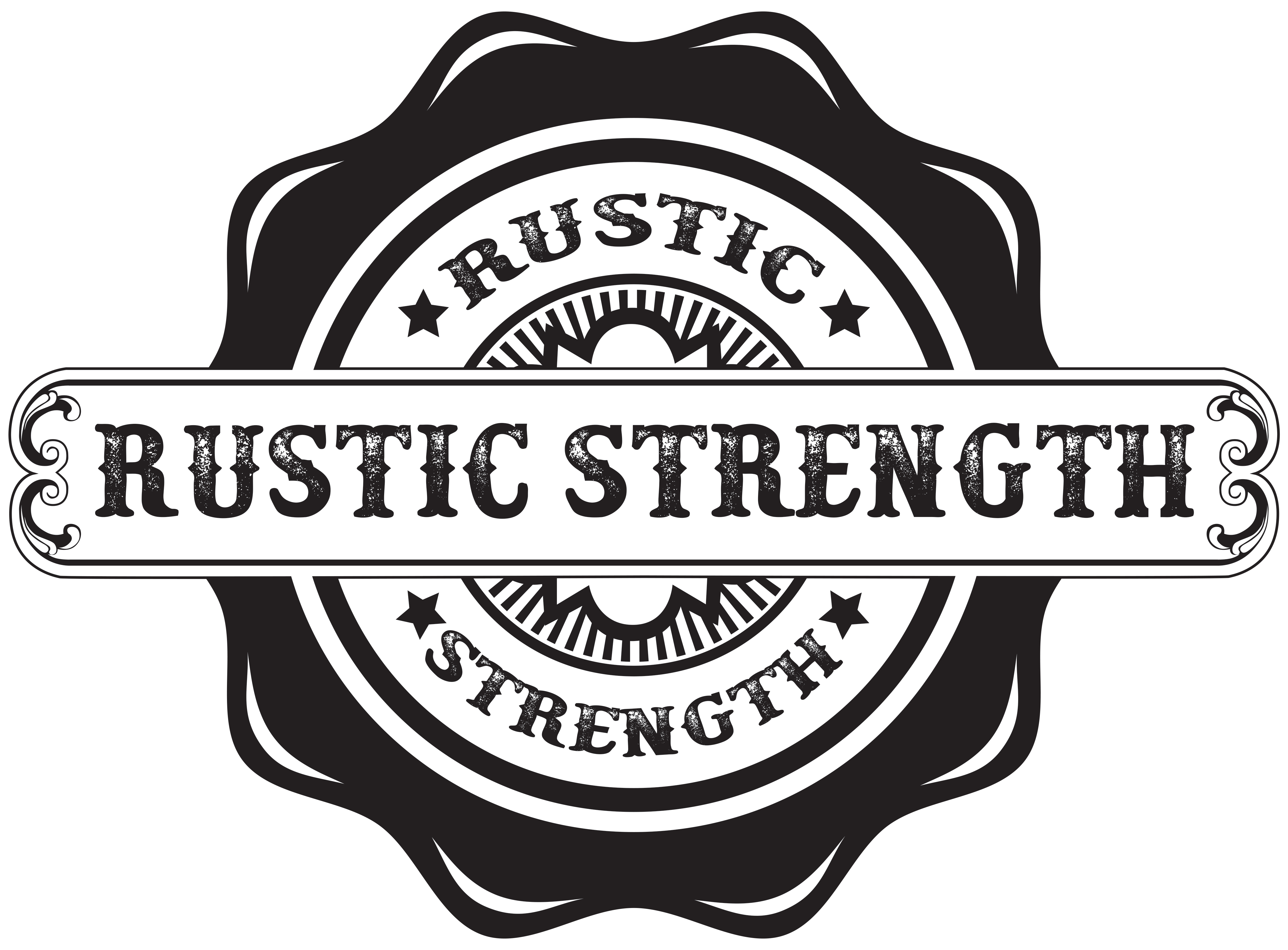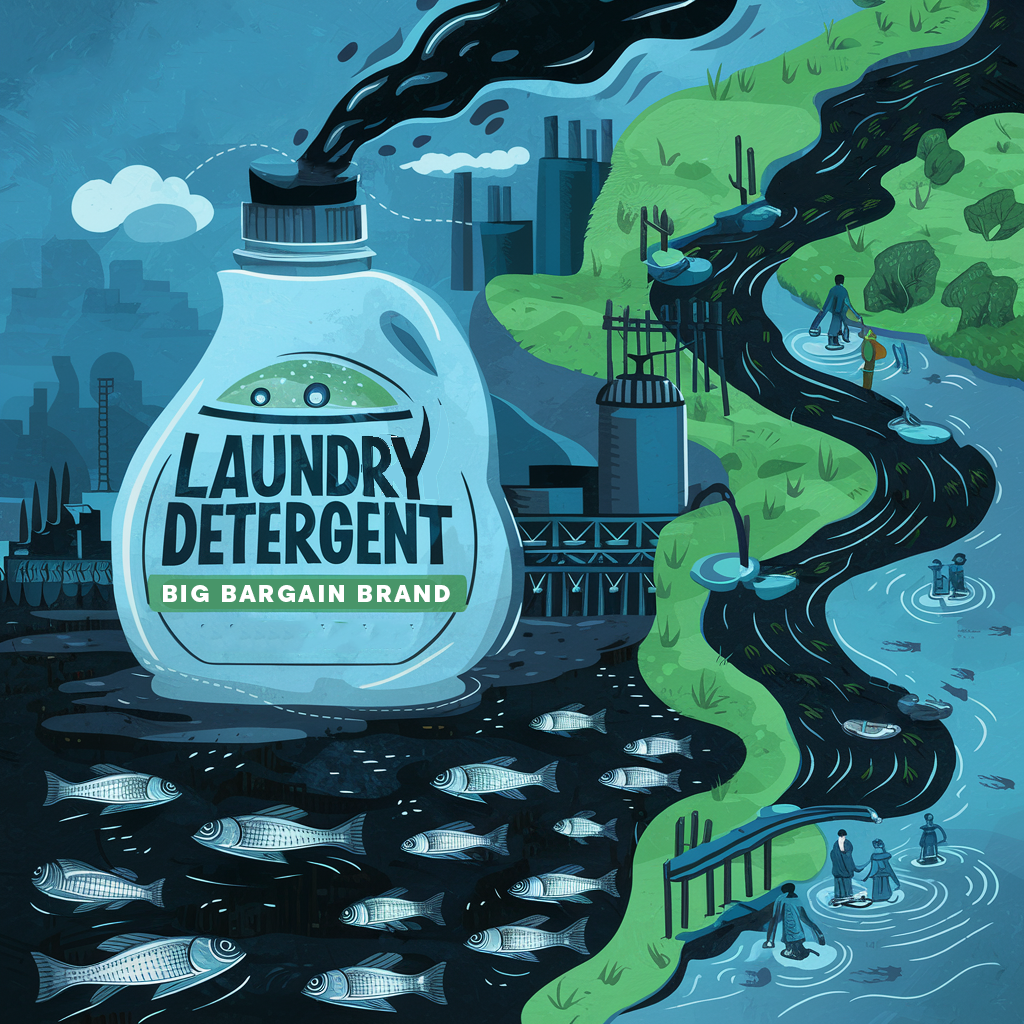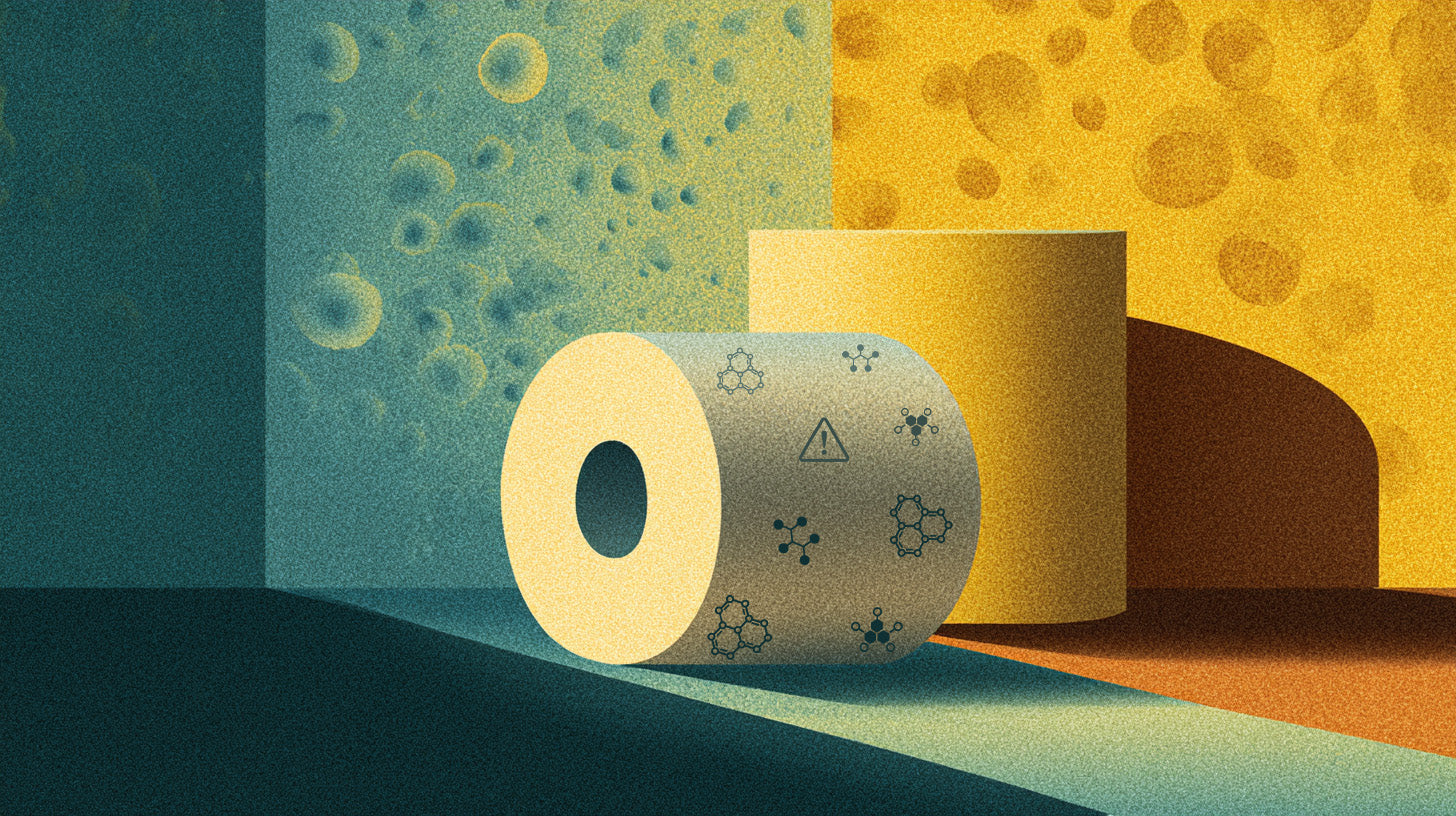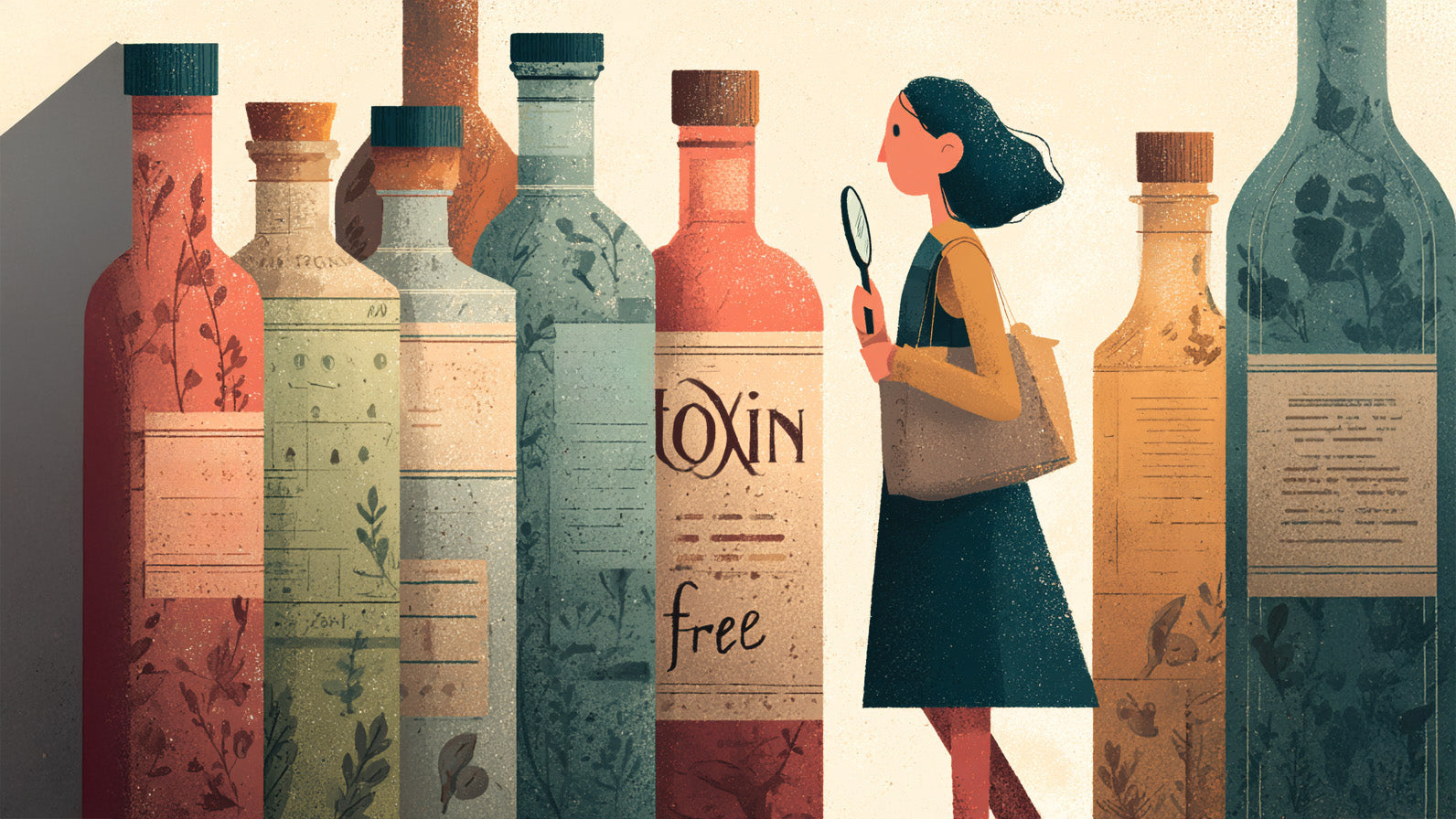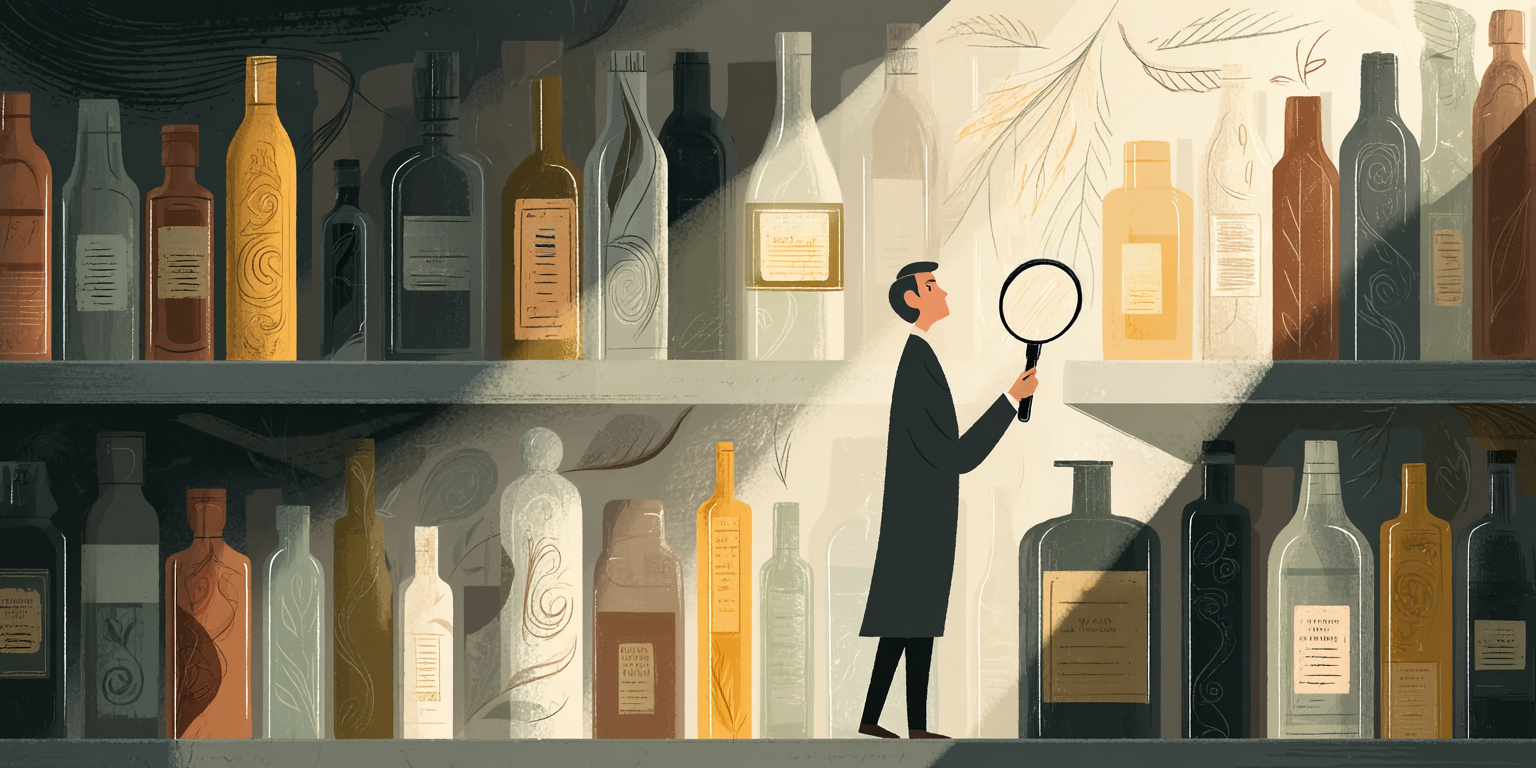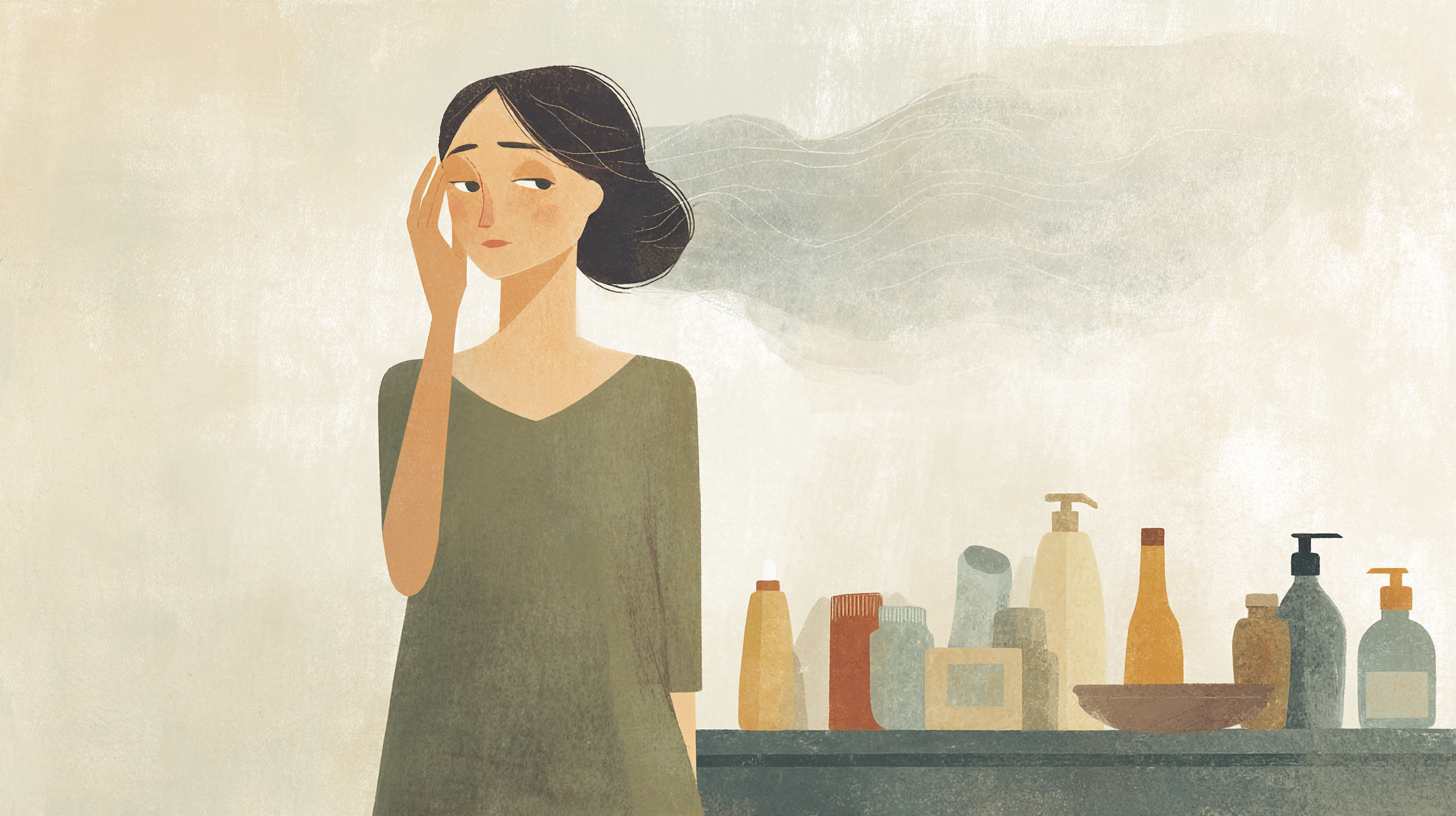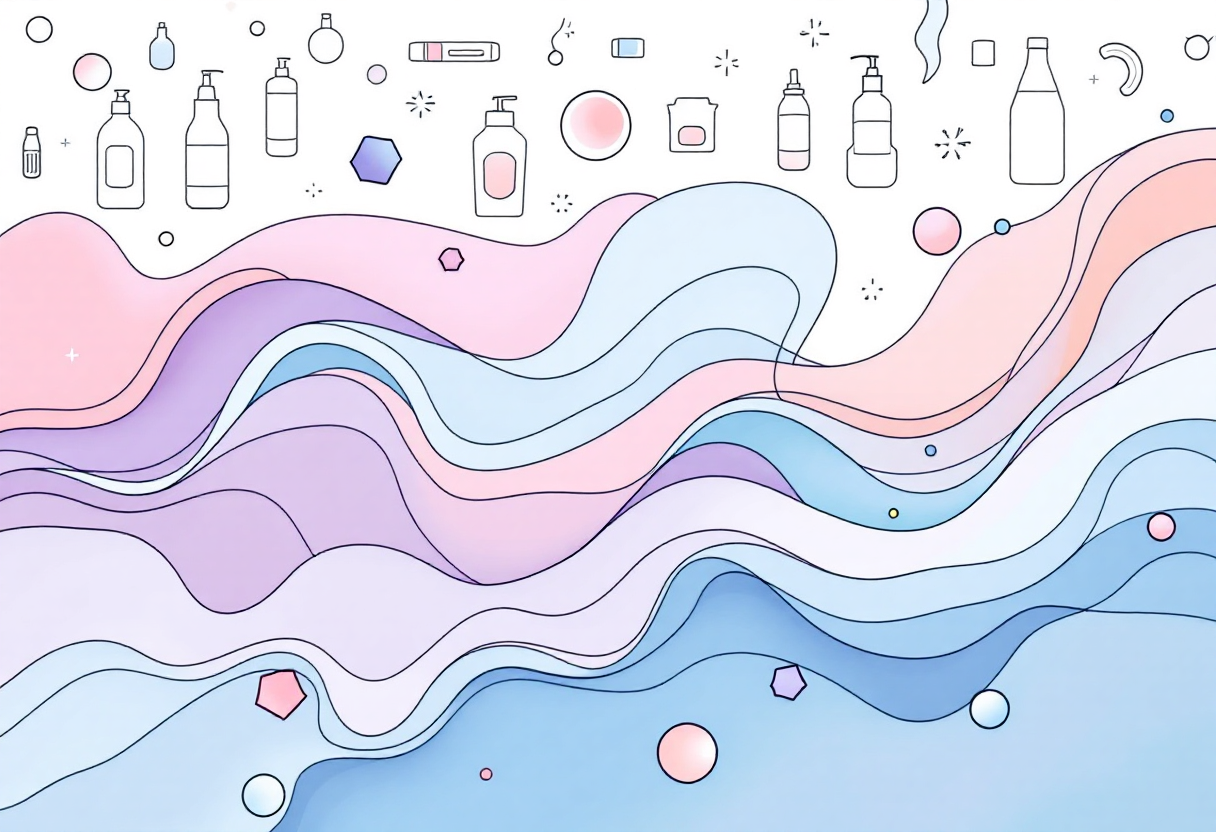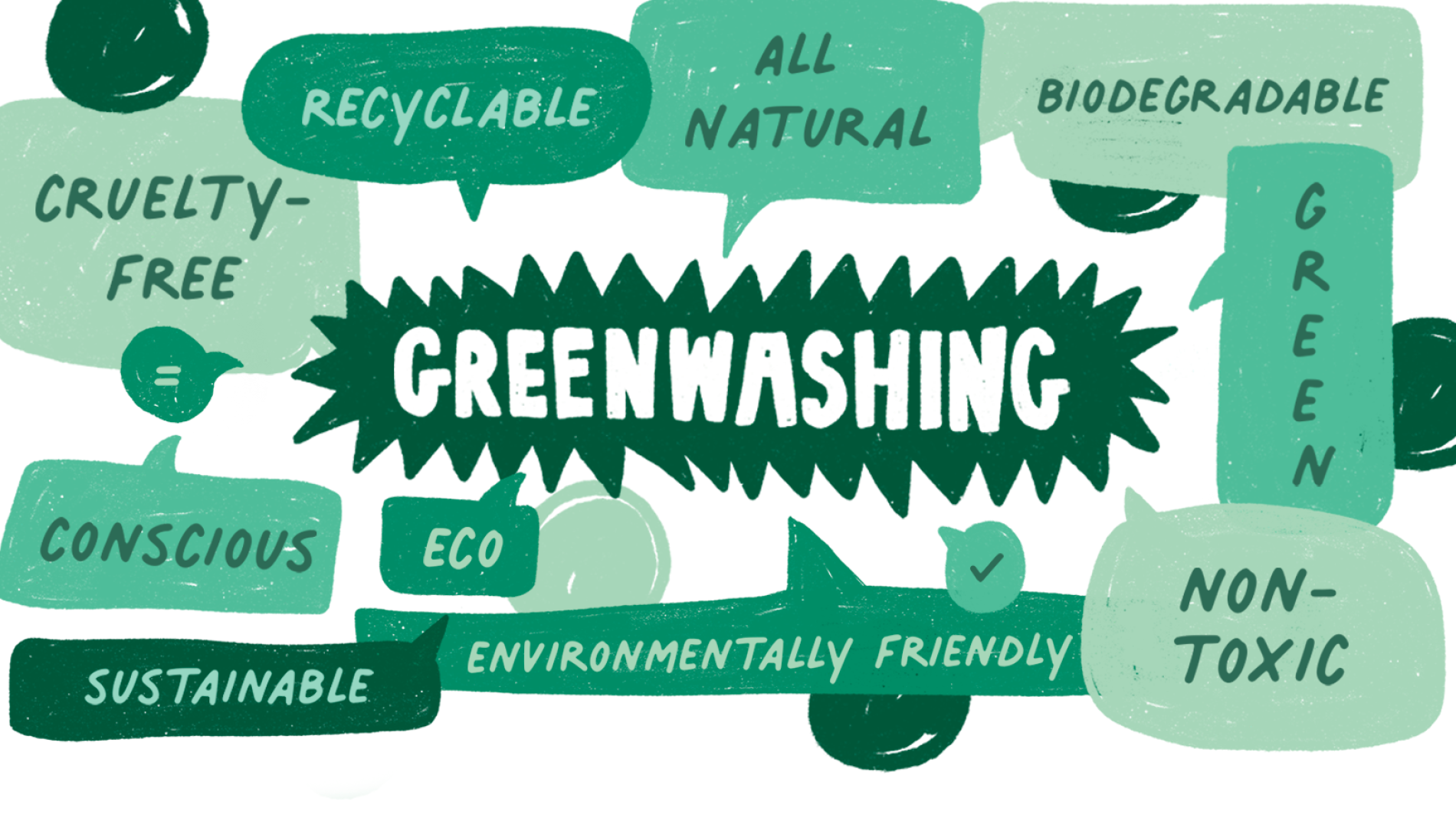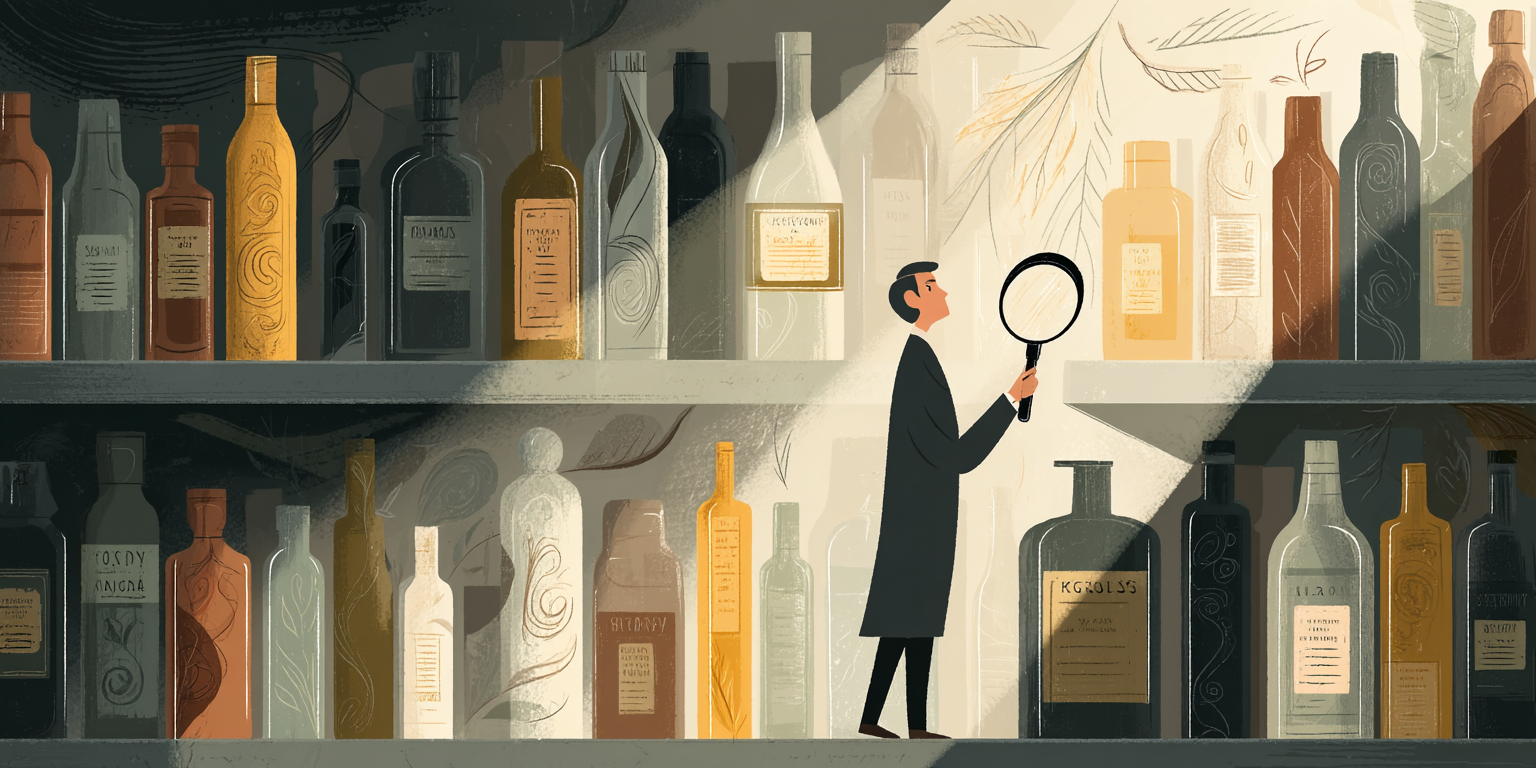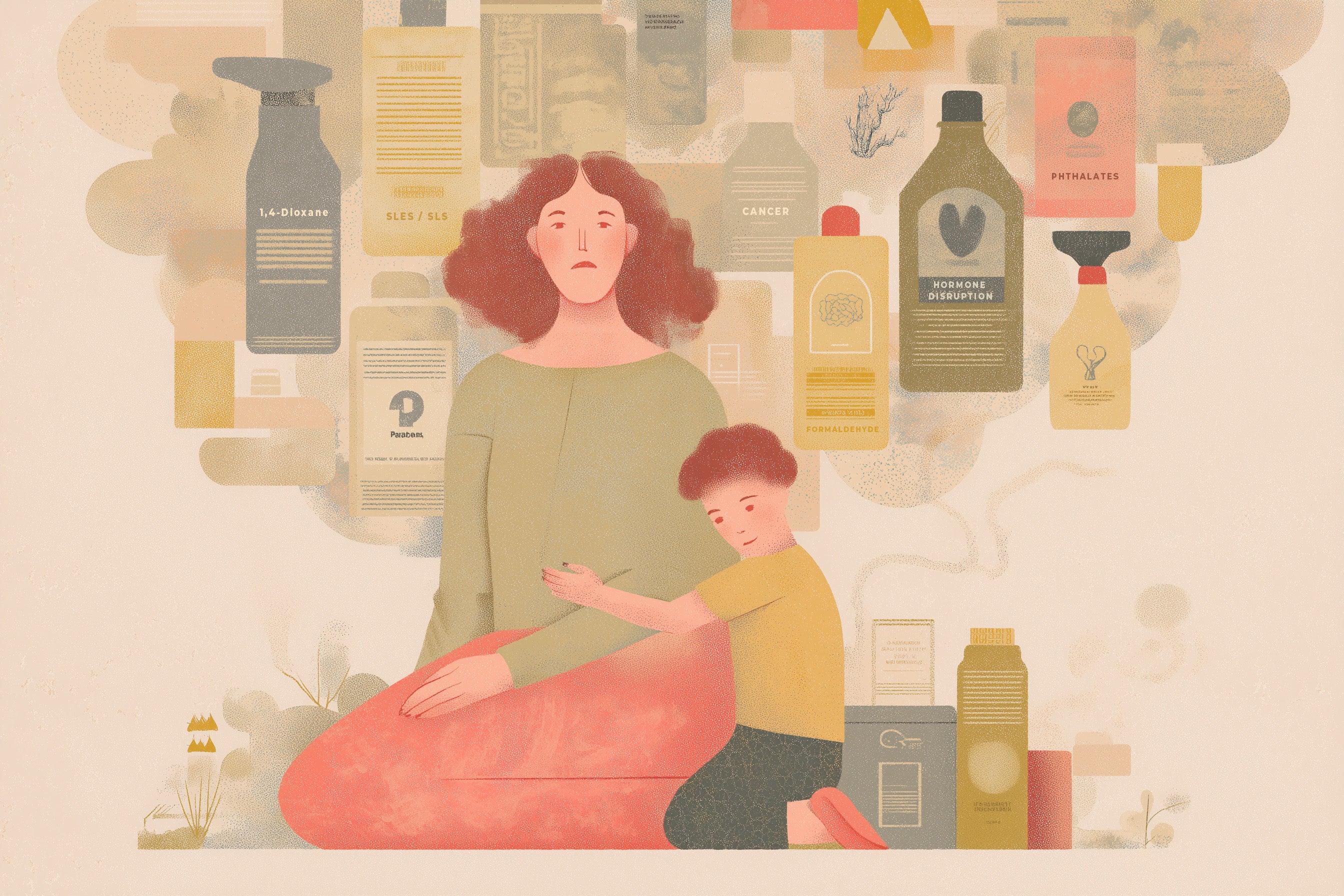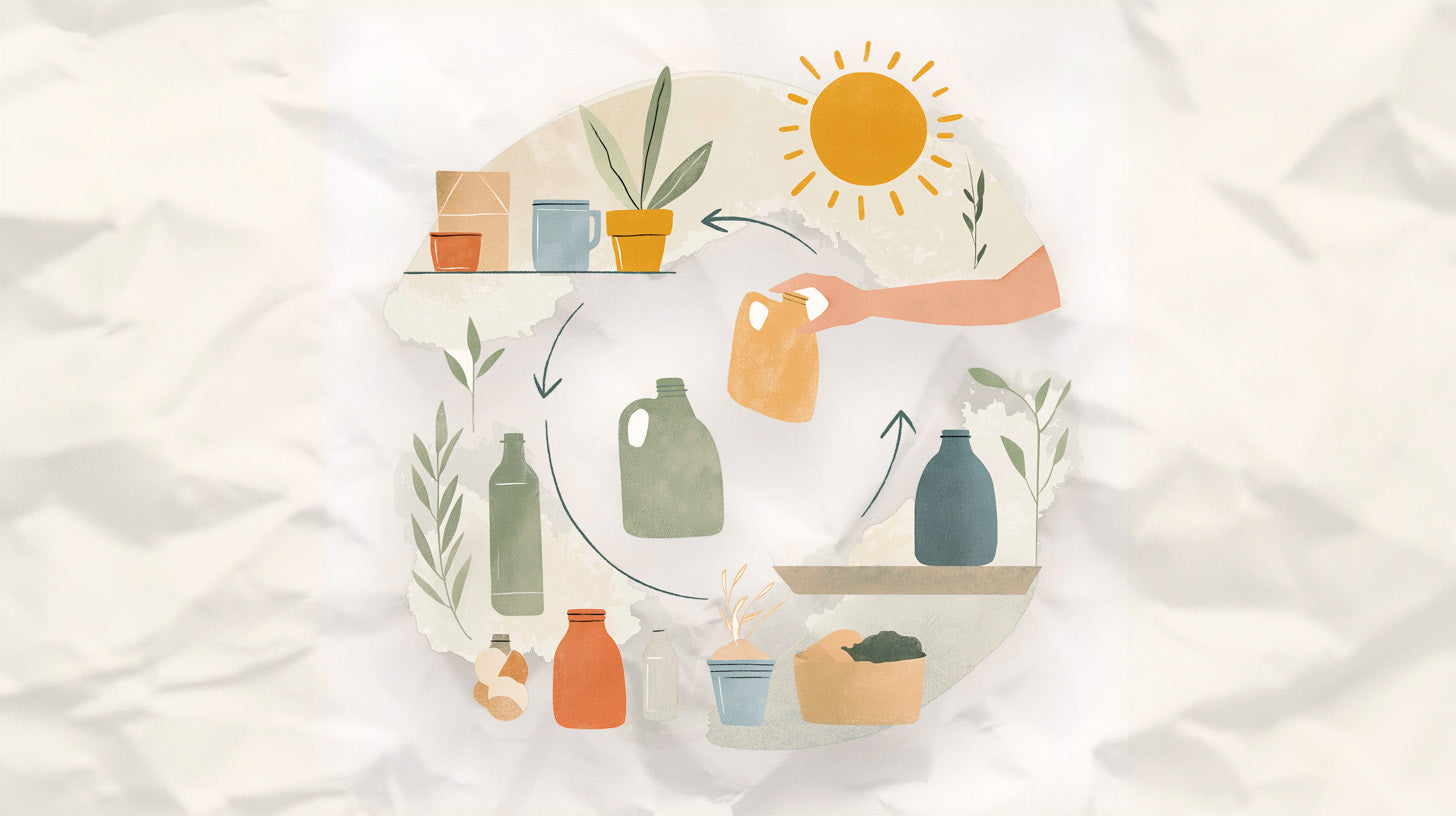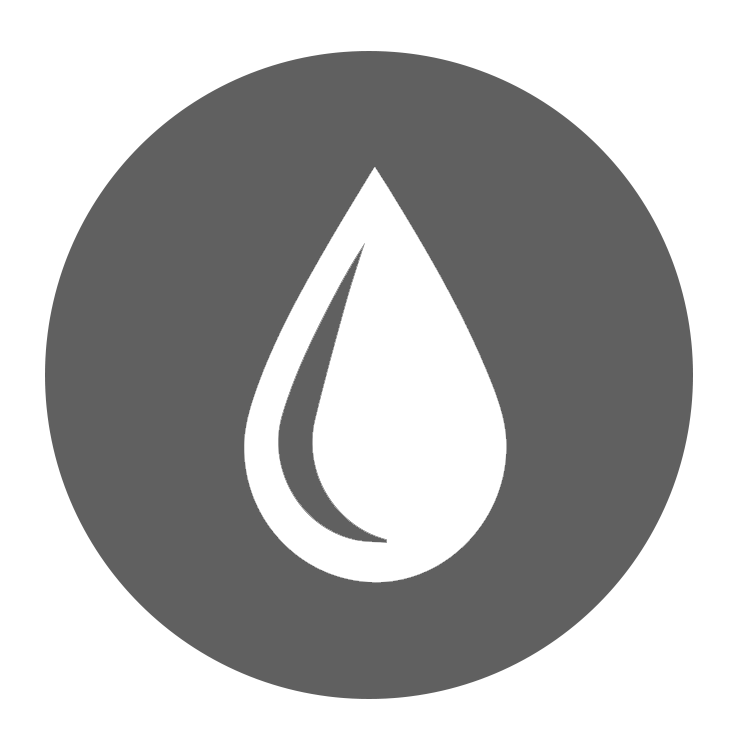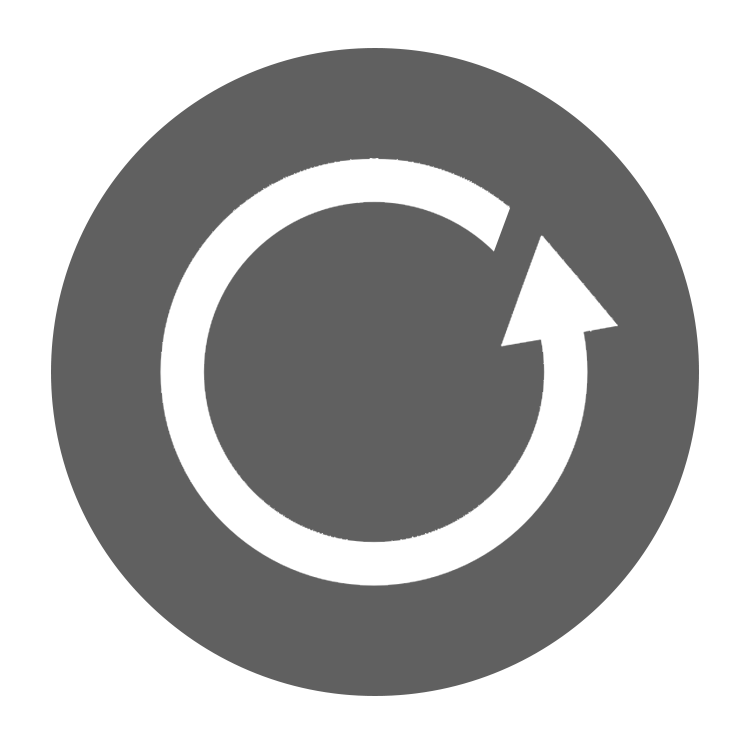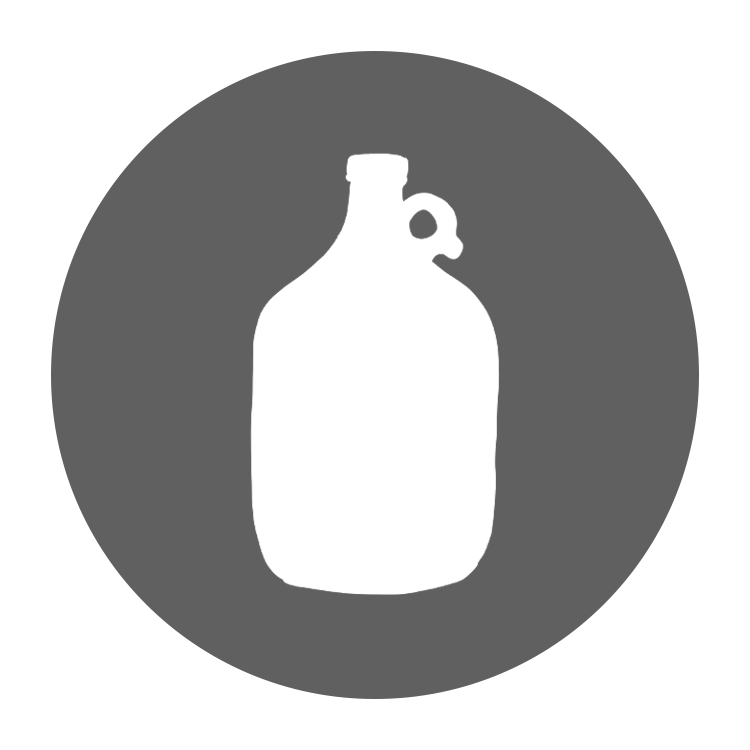A probable human carcinogen, 1,4-dioxane contaminates household products and drinking water, yet remains largely unregulated and under-tested.
The Environmental Protection Agency (EPA) classifies 1,4-dioxane as a Group B2, probable human carcinogen. This chemical, despite its prevalence in everyday products, lacks uniform safety thresholds and is not routinely tested for in drinking water. Consumers are unknowingly exposed through hand soaps, dish soaps, shampoos, toothpastes, and, critically, laundry detergents.
Waterways Under Threat: Municipalities Ill-Equipped
1,4-dioxane enters waterways via wastewater discharge from contaminated products. Municipal water treatment facilities are generally incapable of removing this contaminant. Only a fraction of municipalities possess the technology for its detection, let alone removal.

New York's Regulatory Response: A Stark Warning
New York State's stringent regulations, including a ban on the sale of products exceeding specific 1,4-dioxane levels, underscore the severity of the contamination. The state's testing revealed widespread contamination, prompting decisive legislative action.
EPA's Findings: Health Risks and Uncertainties
The EPA has documented 1,4-dioxane contamination in both drinking water and surface water. Exposure can lead to a spectrum of adverse health effects, including skin and eye irritation, respiratory issues, neurological symptoms, and gastrointestinal distress. While the EPA acknowledges the potential for severe consequences, including death, the full extent of 1,4-dioxane's toxicity remains under investigation.

Case Studies and Animal Testing: Evidence of Organ Damage
Limited human case studies, while inconclusive regarding direct causality, suggest a link between 1,4-dioxane exposure and organ damage, specifically kidney and renal system lesions, as well as neurological effects. Animal studies corroborate these findings, demonstrating liver and kidney damage following dermal exposure.
Exposure Routes: Direct Contact and Contaminated Water
Consumer exposure occurs primarily through direct or indirect topical contact with contaminated products and through ingestion of contaminated drinking water from both municipal and private source

s.
Industry Negligence: Profit Over Public Health
Manufacturers are aware of 1,4-dioxane contamination in their products. However, the economic incentive to maintain current production practices outweighs the adoption of safer, albeit more costly, alternatives. This prioritization of profit over public health perpetuates the contamination cycle.
At Rustic Strength, we hold ourselves to a higher standard. We guarantee all our products, including our food-grade, 1,4-dioxane-free polysorbate-20, are formulated without this harmful chemical. We are dedicated to rigorous ingredient research and testing, ensuring the utmost purity and safety for our customers, regardless of regulatory requirements.

Sources:
- EPA (2016): Documents the EPA's assessment of 1,4-dioxane's toxicity and potential health risks.
- Florida Department of Health: Provides a fact sheet addressing frequently asked questions about 1,4-dioxane contamination.
- CDC (ATSDR): Presents a public health statement regarding the toxicity of 1,4-dioxane.
- New York State DEC: Details New York's regulations and limits for 1,4-dioxane in household, personal care, and cosmetic products.
- Minnesota Department of Health: Offers information on 1,4-dioxane in drinking water and its associated health concerns.
- EPA (UCMR 5): Describes the EPA's Fifth Unregulated Contaminant Monitoring Rule, which includes monitoring for 1,4-dioxane.
- C&EN (ACS): Discusses 1,4-dioxane as an emerging "forever chemical" and its environmental persistence.
- EPA (SEMS): Contains EPA documentation relating to 1,4 Dioxane and its environmental impacts.
